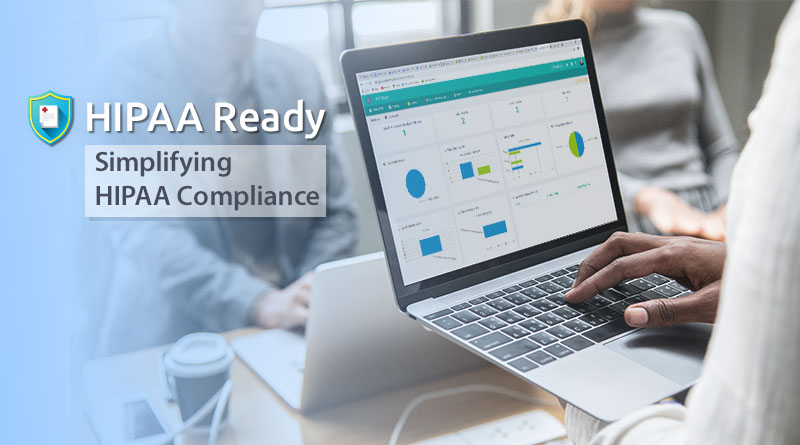4 Ways to Ensure Data Protection and Compliance
Nowadays, companies are storing large amounts of data. At the same time, consumers are becoming more and more aware of privacy issues and are starting to hold companies accountable when it comes to data protection.
Companies are required to adhere to certain laws and regulations regarding the handling of sensitive data, and if they fail to do so they can lose their customers’ trust and suffer reputational damage, but they can also be subject to hefty fines and face legal consequences.
That’s why it’s essential to make data protection and compliance your top priority. Here are some tips to help you achieve that.
Data classification
Most of the enterprise data is unstructured. In fact, unstructured data makes up more than 80% of all enterprise data, and this number will only continue to grow throughout the years. This data includes anything from emails, phone recordings, and text messages, to data from social media.
However, some of these records may contain private data that needs to be protected and without a good classification system, you risk leaving sensitive data insufficiently secured and exposed to cybersecurity threats.
It’s essential to know exactly which data you’re collecting, where it’s located, how sensitive it is. and then classify it into different categories.
Not all data is created equal, so some categories of data will be more sensitive than others and require different levels of protection.
Having a good classification system will allow you to focus on the most sensitive categories without wasting your time and resources on safeguarding data that doesn’t need any special protection.

Retention policy
For highly-sensitive data, there are different laws that determine how long you should retain it.
These requirements depend on different factors such as your industry, the size of your company, and the state from which you operate.
It is essential to double-check all the requirements when creating an email retention policy. You might even be subject to overlapping laws calling for different retention periods, in which case it’s best to go for the longest one across the board in order to eliminate confusion.
A great way to ensure proper policy implementation is to look for email archiving solutions that allow you to automate retention. Keeping track of retention periods and manually archiving email can leave room for mistakes and compromise compliance, but automation can help you minimize these risks and become more efficient.
Encryption
No matter how careful you are, accidents can still happen and you can experience a security breach. However, if you use encryption technology, you can prevent those security breaches from becoming data breaches.
According to the Ponemon Institute’s 2020 Global Encryption Trends Study more and more businesses have begun implementing a consistent encryption strategy in the past 15 years. The study also shows that one of the main drivers for using encryption technology is to protect sensitive customer data.
This comes as no surprise as data breaches can lead to serious reputational damage, lead to the loss of trust, and have a negative financial impact on companies who fail to protect their data.
The Ponemon Institute’s Data Breach Impact study found that 65% of customers who were victims of a data breach lost trust in the organization and that organizations lost up to $3.94 million in revenue after the breach. Moreover, once a breach is disclosed, stock prices tend to drop by 5% on average.
Encryption can dramatically reduce the risk of experiencing data breaches. It can help you meet legislation requirements and minimize the possibility of financial penalties while also protecting your customer’s rights and safeguarding their private data.
Employee education
While hacker attacks are a legitimate threat to your data, most data breaches happen because of human error.
This means that your employees are one of your biggest weaknesses and that you should focus on educating them about common security threats.
With the growing number of cyber threats, most businesses now fear that their cybersecurity will become compromised at some point. With that in mind, companies are starting to become more aware of the fact that human error poses a serious data cybersecurity threat. In fact, even 52% of businesses admit that employees are their biggest weakness when it comes to data protection.
Unfortunately, the Mimecast’s State of Email Security Report shows that only 1 in 5 companies offer monthly awareness training to their employees.
Keeping your employees informed and educated about the latest cybersecurity threats and risks is one of your best lines of defense against human error.
Although you can’t completely eliminate it, you can reduce these risks significantly by providing regular training, scenario-based exercises, and real-life examples to get your employees more vigilant and prepared to recognize and avoid these threats.
When it comes to data protection and compliance, there’s not much room for mistakes. Failing to meet strict laws and regulations can easily lead to financial fees and legal penalties, and losing the trust of your customers can be equally expensive. Follow these tips to ensure regulatory compliance, keep your data protected, and your customers happy.











